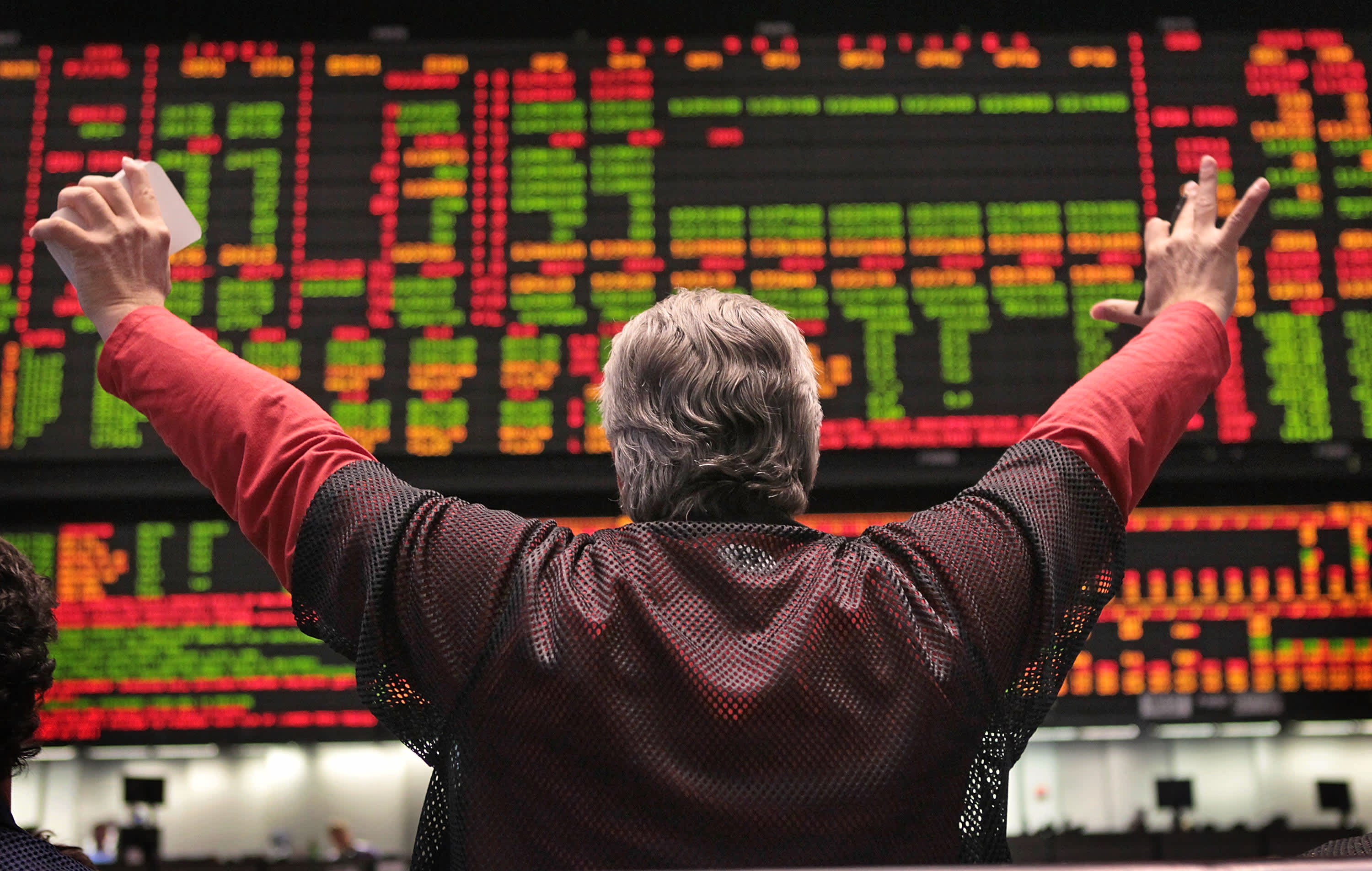The yield curve on the bond market has returned to its normal state, alleviating recession fears.

On Wednesday, the relationship between the 10- and 2-year Treasury yield momentarily normalized, indicating a possible reversal of a classic recession signal.
Since June 2022, the benchmark has fallen for the first time following economic news that revealed a decline in job openings and comments from Atlanta Fed President Raphael Bostic.
Both yields were approximately 3.79% during the session, with only a small fraction of a percentage point separating them.

Since World War II, recessions have been signaled by an inverted yield curve, where the shorter-duration yields are higher than the longer-duration yields. This occurs because traders price in slower growth into the future, causing the shorter-duration yields to rise above their longer-duration counterparts.
A normalization of the curve does not always indicate a positive economic outlook. In fact, the curve often returns before a recession occurs, suggesting that the U.S. may still face economic challenges ahead.
According to Quincy Krosby, chief global strategist at LPL Financial, if you lack a sense of history regarding the economy, it would be positive. However, statistically, the yield curve will normalize as the economy goes into or is already in a recession because the Fed will cut rates in response to a slowing economy.
The unexpected decline in job openings in July, as reported by the Labor Department, brought supply and demand closer to balance, following a significant imbalance caused by the Covid crisis. At one point, job openings had exceeded labor supply by more than 2 to 1, exacerbating inflation that had reached its highest level in over 40 years.
Atlanta Federal Reserve President Raphael Bostic released comments indicating that he's ready to start reducing rates even with inflation running above the central bank's 2% goal, around the same time the job openings report dropped.
The Fed has maintained its benchmark rate at its highest level in 23 years since July 2023, within a range of 5.25%-5.5%, which is viewed as a positive development for economic growth as lower rates are associated with growth.
The Fed closely observes the relationship between the 3-month and 10-year, while the market closely watches the relationship between the 2-year and 10-year. The part of the curve that is still steeply inverted has a difference of more than 1.3 percentage points.
Markets
You might also like
- Delinquencies are on the rise while a record number of consumers are making minimum credit card payments.
- U.S. economy state weighs on little changed treasury yields.
- European markets predicted to sustain positive growth.
- Trump hints at imposing a 10% tariff on China starting in February.
- David Einhorn believes we are currently in the "Fartcoin" phase of the market cycle.



















